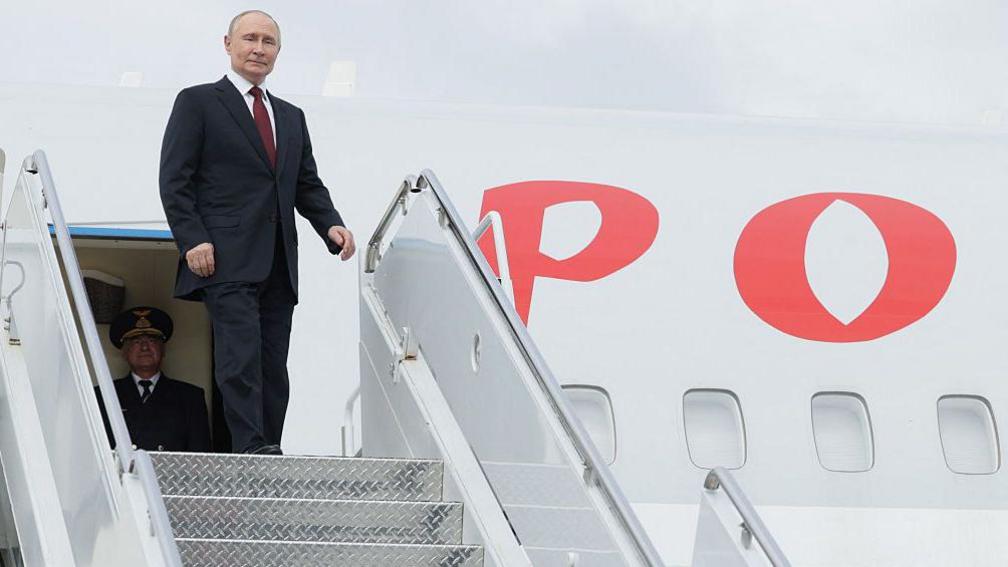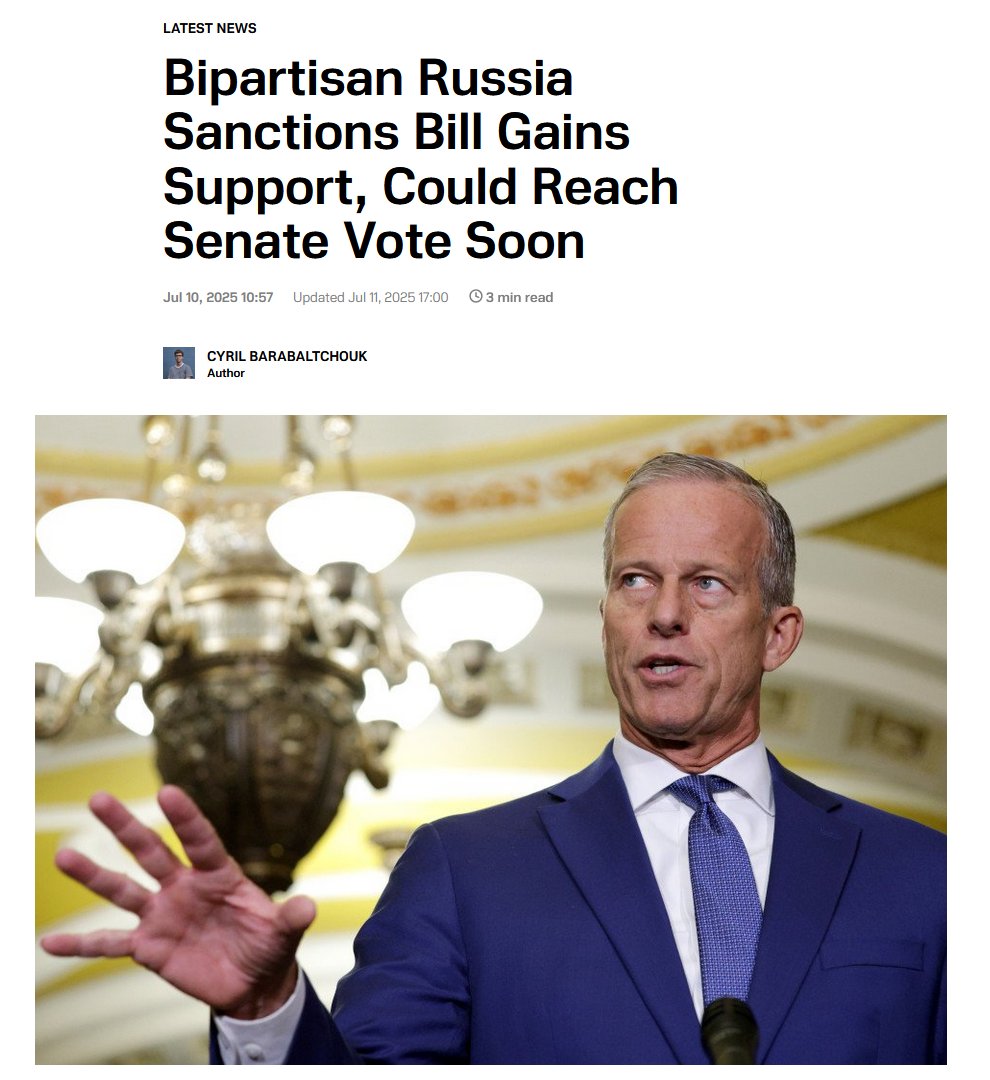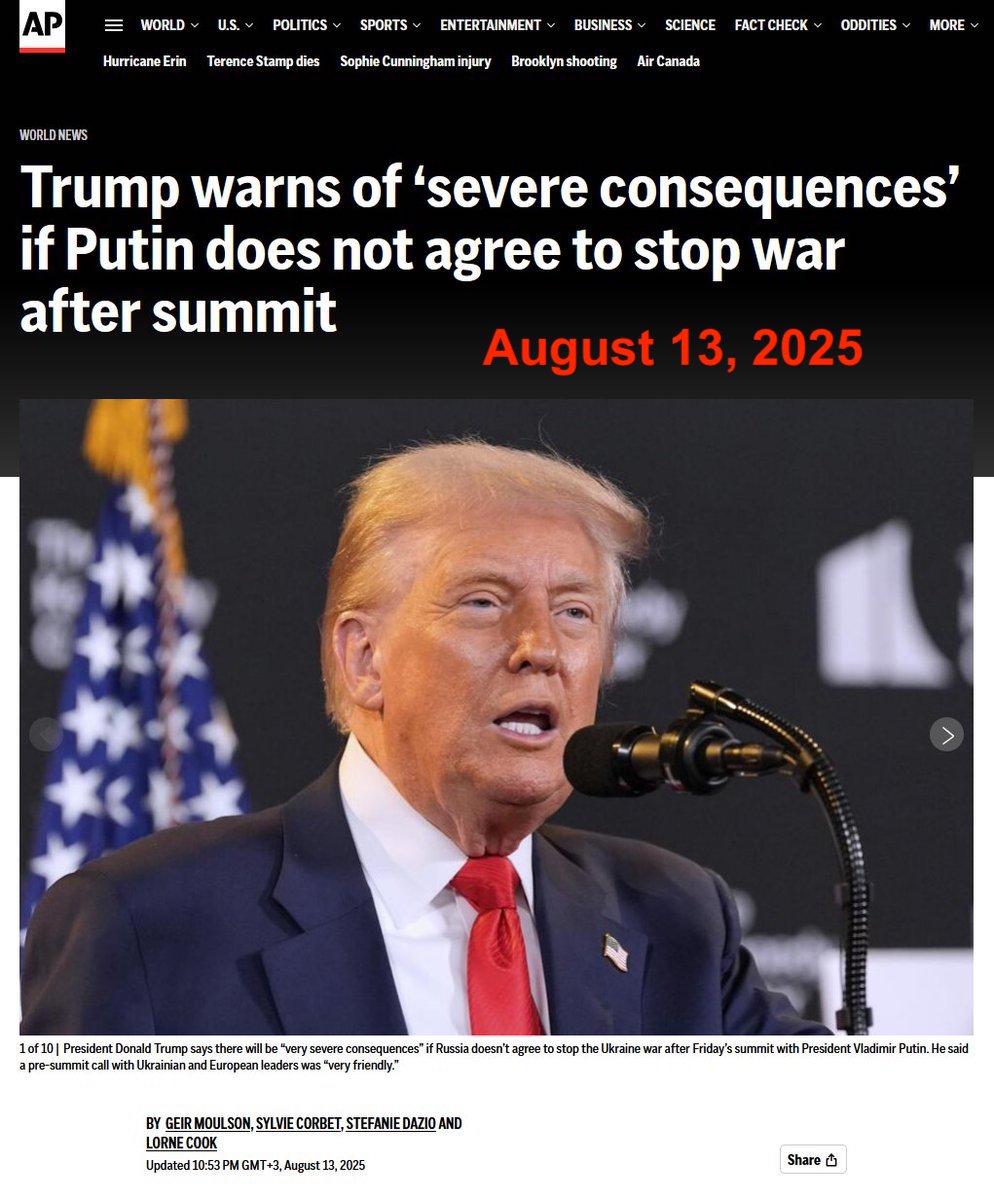In today’s #vatniksoup, I’ll discuss the Wagner Group, its founders Yevgeny Prigozhin and Dmitry Utkin, and the mutiny they started on 23 Jun 2023. The event marked the climax of the Wagner Group–Russian MoD conflict, and finally led to the deaths of Prigozhin and Utkin.
1/22
1/22

Wagner has been used in many conflicts around the world, but they came to global prominence during the war in Donbas in 2014-2015. Wagnerites helped the Donbas separatists fight against the Ukrainians during the conflict, which helped Putin to “outsource” the insurrection.
2/22
2/22
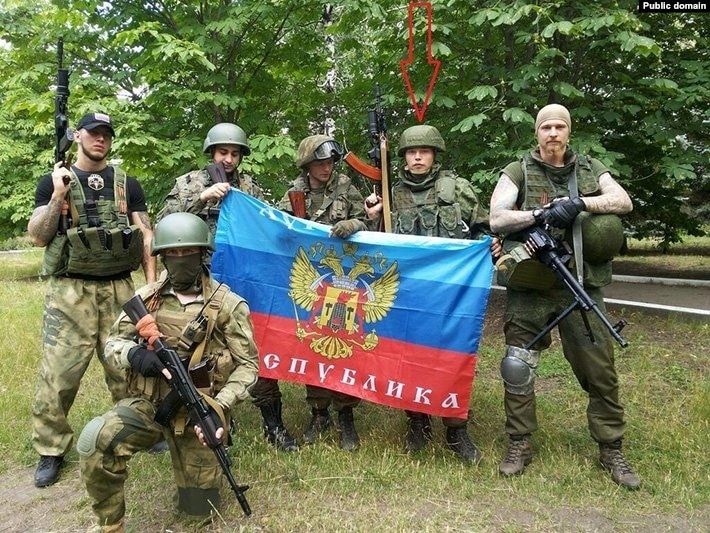
The group doesn’t have any central ideology, but many of its members and leaders have ties to various neo—Nazi movements in Russia. For example, Wagner leader Dmitry Utkin had several Nazi symbols tattooed on his body. Neo—nazi group Rusich has also fights as part of Wagner.
3/22



3/22



Wherever Wagner goes, war crimes follows: Prigozhin’s troops have raped women in Mali, killed and tortured civilians in Ukraine and tortured soldiers in Syria. In Russia, they are (in)famous for hiring prisoners and then sending them to the Ukrainian meat grinders.
4/22




4/22




The group has their own brutal rules, and the hierarchy is based on Russia’s prison system (Prigozhin himself spent 10 years in prison). Sexual violence is very common, and Wagner is known for their brutal sledgehammer murders.
5/22



5/22



Some have suggested that Wagner members should be divided into two categories—the “cannon fodder”, including prison recruits that are used as baits and to deplete Ukraine of resources like artillery shells,and the professional soldiers who focus on more specialized missions.
6/22


6/22


US officials have suggested that Prigozhin had longstanding disputes with the the Russian Ministry of Defence (MoD) for years before the full—scale invasion. At the same time, he presented himself as a populist figure confronting the “corrupt military establishment”.
7/22
7/22

In May 2023, Prigozhin even warned that Russia could face a revolution similar to the 1917 one, warning the Kremlin of potential uprisings by “soldiers & their loved ones”.According to ISW,this increased his influence within the ultranationalist Russian milblogger community.
8/22


8/22


The tensions between Prigozhin and MoD reached a critical juncture during the battle of Bakhmut. Prigozhin was publicly voicing his dissatisfaction over ammunition supply, while threatening to withdraw his troops unless his demands were met.
9/22
9/22

After Wagner troops withdrew from Bakhmut, Prigozhin claimed that the military attempted to assault them, and the group even captured a Russian commander who, while intoxicated, allegedly ordered the attack against Prigozhin’s troops.
10/22
10/22

According to US intelligence agencies, Wagner and Prigozhin had started planning the rebellion weeks before its execution, and allegedly Prigozhin made the decision after Russian MoD decided to integrate Wagner into the Russian military.
11/22
11/22

On 23 Jun 2023, Yevgeny published a video in which he finally told the truth:that the Kremlin’s justification for invading Ukraine was based on falsehoods & that the real reason was to serve the interests of the Russian elites.He also said that Ukraine wasn’t the aggressor.
12/22



12/22



Prigozhin then declared the start of an armed conflict against the MoD on his press service’s Telegram channel, calling upon people interested in joining the conflict against the MoD and its leadership, especially Shoigu and Gerasimov.
13/22
13/22

Wagner troops quickly captured Rostov—on—Don, with the majority of the local population being supportive of the mutiny. Prigozhin set up his headquarters in the city, and quickly sent two convoys of Wagner forces towards Moscow. The second convoy was led by Dmitry Utkin.
14/22
14/22
Moscow immediately panicked, taking down Wagner billboards, allegedly moved Putin from Moscow to St. Petersburg, and even called Kazakstan for military assistance in case Russian military failed to put down the rebellion. Interestingly, Kazakstan refused the request.
15/22




15/22




FSB raided Wagner headquarters, where they allegedly found cash, gold bars, handguns and lavish Wagner memorabilia like sledgehammers. Leaked photos of Prigozhin wearing various funny looking disguises were also published by various media.
16/22


16/22


But the rebellion died as quickly as it was born. Prigozhin quickly realized that he didn’t get the support he was looking for, & the gang started negotiating, with Belarussian dictator Lukashenko working as the mediator. Then, on 24 Jun,Wagner withdrew from Rostov—On—Dov.
17/22


17/22

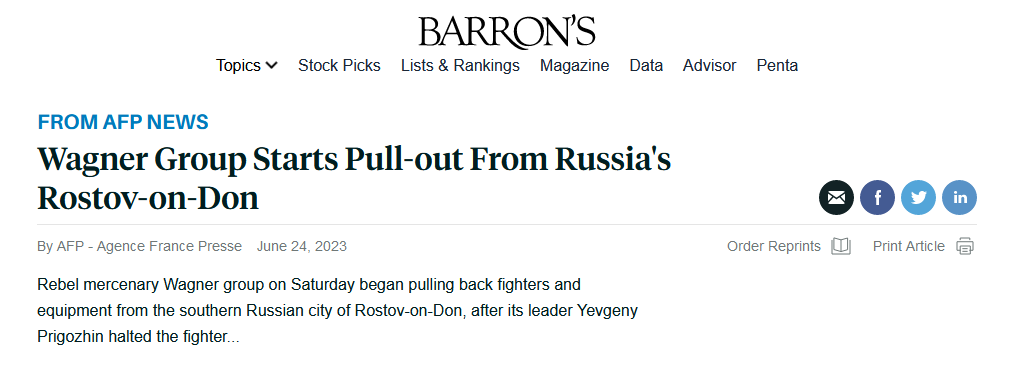
Soon after, Russian authorities said they had dropped all charges against Prigozhin and others involved in the rebellion, and the construction of Wagner camps in Belarus had begun. Prigozhin also relocated there, and finally Russian MoD took over his group.
18/22
18/22

But Prigozhin’s betrayal was not forgotten. On 23 Aug 2023, Prigozhin, Utkin and eight other Wagner figures were killed in a plane crash. Allegedly, the assassination was called by Putin’s old friend and former intelligence officer Nikolai Patrushev.
19/22


19/22


Anonymous US intelligences sources have claimed that Army General Sergey Surovikin had prior knowledge about the rebellion. Also, WSJ claimed that FSB knew about the rebellion two days before it was scheduled to happen, and this discovery led to its premature start.
20/22


20/22


Wagner was eventually integrated into the Russian MoD, its brutal African operations were rebranded as “The African Corps of the Russian Defense Ministry” & the whole incident of a competing warlord trying to take over the kleptocratic Russian state was quickly forgotten.
21/22




21/22




To conclude, Prigozhin was a powerful warlord & Putin ally, who decided to attempt a power grab after his adversaries started making moves against him by taking away his lucrative businesses. Surprisingly,the incident had very little effect on the Kremlin’s power structure.
22/22

22/22

• • •
Missing some Tweet in this thread? You can try to
force a refresh







